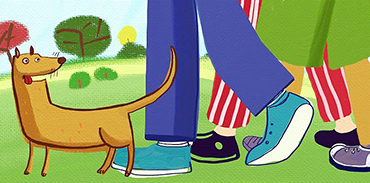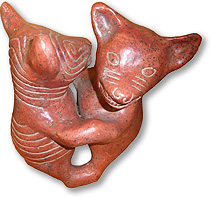Meet Cubita, our gal pal, mascot and inspiration for Cuba Explorer’s original logo.
We were thrilled to welcome Cubita to our team in March 2011. We fell in love with her at first glance, and she with us. We couldn’t shake her or visa versa. She’s a fount of inspiration and companionship.
Her attributes are a kind demeanor, an upbeat attitude. She’s extra friendly. Her heritage embraces features of Cuban life and history spanning three millennia.
She was accidentally abandoned when her family, in the sleepy village of Colón in the province of Matanzas, moved to Ciego de Ávila for new employment. Fluke rendered Cubita without shelter and hungry – not on account of her former family’s ill intentions – she was nowhere to be found on moving day.







